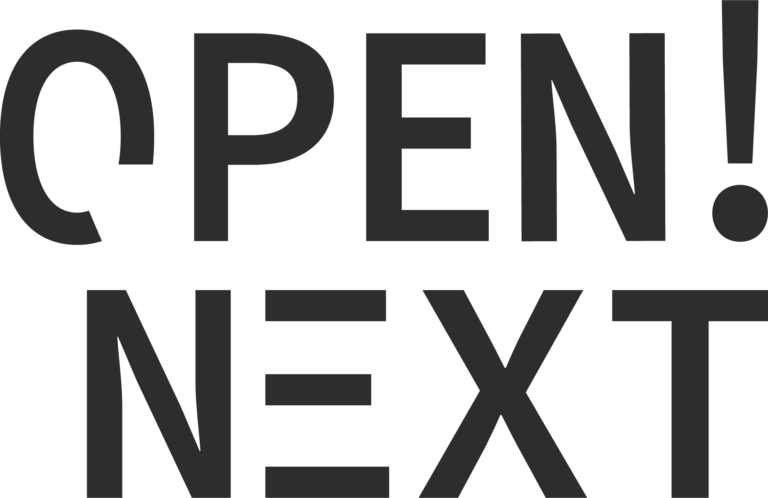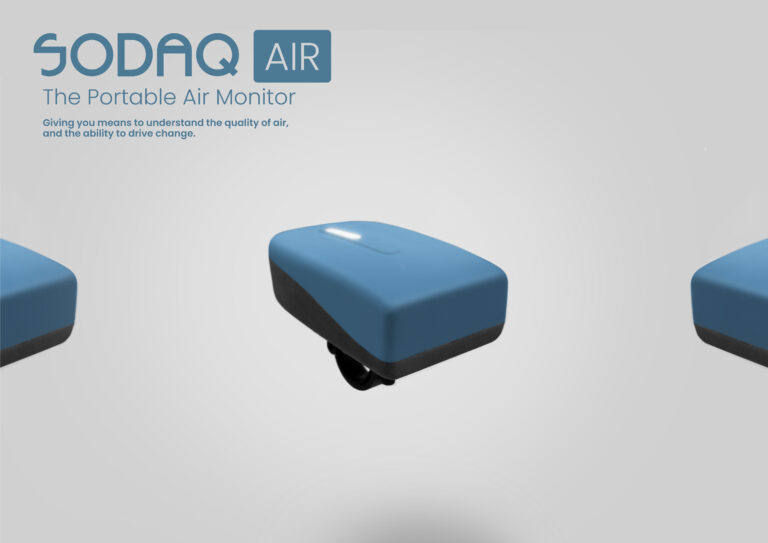The benefits of Open Source: Interview with SODAQ and DDC
“We’re in a time where the world is burning. The planet is dying and we don’t have time for everyone to reinvent the wheel. We need to stop developing things by ourselves in our basements and start collaborating. Otherwise, we’ll never make it.” These are the words of Frederik Lean Hansen, senior Project Manager at the Danish Design Center and involved in OPENNEXT. This three-year EU project aims to build an ecosystem for makerspaces and small and medium-sized enterprises (SMEs) across Europe to gain traction with open source hardware development. We talked to Frederik and Jaap de Winter, account director at SODAQ, about open source hardware, its advantages, and the collaboration between OPENNEXT and SODAQ.
Open source and its advantages
“Open source basically is the opposite of patent,” Frederik explains. “Instead of wanting to protect your idea, you would like other people to copy your idea. Via an open-source license everyone else can co-create with you. Going into open-source hardware tends to scare people a bit. For instance, they worry about what will happen if people copy their product. They don’t realize that it isn’t a problem, because they will be targeting another audience.”
The open-sourcing of hardware has multiple advantages for companies according to Frederik: “First of all, innovation. Secondly, by working with a community of customers, there is a certainty that the product you’re developing will fit your target audience. Open-sourcing your hardware also is commercially interesting; if access to your product is practically free, why would people choose another option? By maximizing access to your product, you can gain huge momentum and a large user base. They, in turn, will help to generate content and value.”

How it all started
The OPENNEXT project started in autumn 2019. One of the goals is to create momentum for the potential that open source hardware offers. Aside from this, the project aims to prove that open source can work for companies and to show them how. OPENNEXT’s first year revolved around aligning, setting things up, and preparing for the first six companies to go through the process.
Frederik joined the project in the second year: “The focus was on these six pilot companies from Denmark, Germany, and the Netherlands, going through the process. Going from a concept to a prototype and a commercial roadmap within open-source hardware. During the third year, twelve additional European companies will be going through the demonstrator phase. Incorporating what we learned from the previous pilots, we are able to help these companies better than before.”
In total, there will be 18 projects. This number is substantial in the field of open source hardware, according to Frederik, because it’s quite underrepresented in the wider business community and has been fairly misunderstood. “How does it work, what are the commercial dynamics, how do you make money? We’ve managed to uncover these things in our process, so I’m quite excited about that,” Frederik says.
SODAQ and OPENNEXT
Jaap: “SODAQ got involved in the OPENNEXT project as it was being set up. Being the global front runner in low-power IoT solutions, the project opened new doors for SODAQ and allowed us to explore how to position ourselves in this new type of business. We scaled up our business in the interest of our pilot project regarding air quality measurements by citizens, in partnership with local governments. With OPENNEXT, we’ve gained experience in connecting with municipalities concerned with air quality awareness. We have also learned a great deal from our partner Waag Society, who introduced us to air quality communities and to new collaborative models. Together, we have broadened our network among such municipalities, and we have established a growing partnership.”

“At the end of the day, we aim to create a huge impact through open sourcing our hardware, which we develop for and together with local communities. The biggest challenge we face in doing so is scaling up to reach impact. That’s a challenge, but I think we have a firm base to work from.” Frederik sees the collaboration as a mutually beneficial relationship: “The case of SODAQ is part of proving that open source hardware can work, also commercially. For the research partners, the benefits are not just commercial. The access to additional data insights on how open source can work in their context.”
A great future for open source hardware
Jaap believes it has been very useful for SODAQ to be part of OPENNEXT, because it opened doors to other European research institutions, businesses, and makerspaces. He also sees the business support from the Danish Design Center as very helpful, including the tools to analyze open source business models. Frederik says that the project will carry on till the end of 2022 with the twelve demonstrators and they will continue to document and upgrade the tools and improve the information regarding open source work. “It has to become super easy for any company to understand and apply these tools in practice. We also want to keep pushing forward to gain more proof for the fact that open-source hardware can work and can gain commercial value. You don’t have to go all the way immediately. Just start small and think big.”
Want to know more about OPENNEXT? Visit their website: https://opennext.eu/.